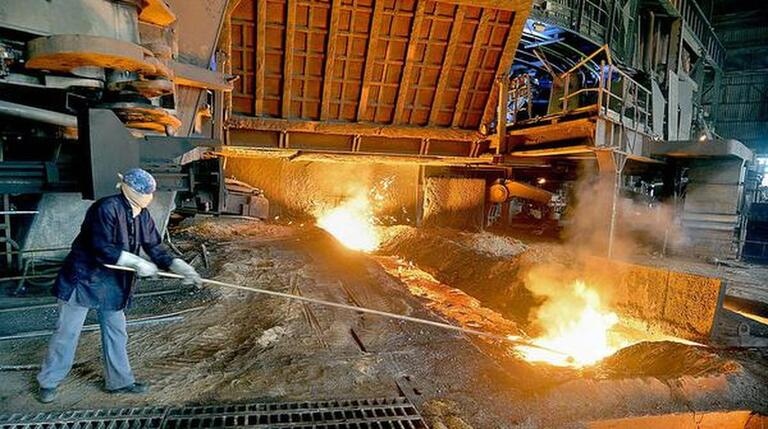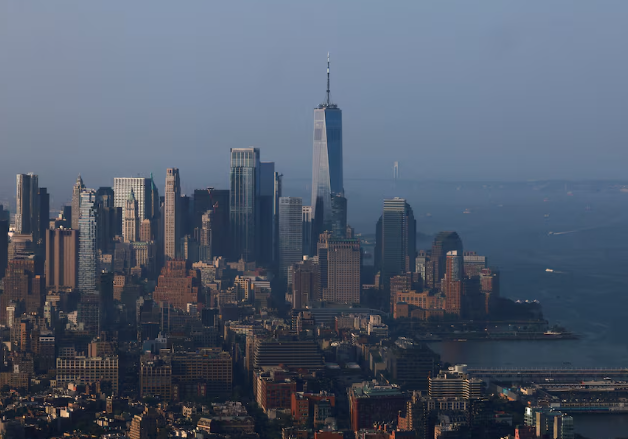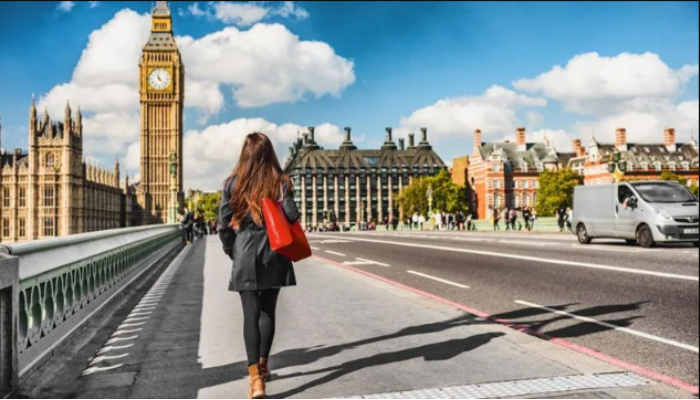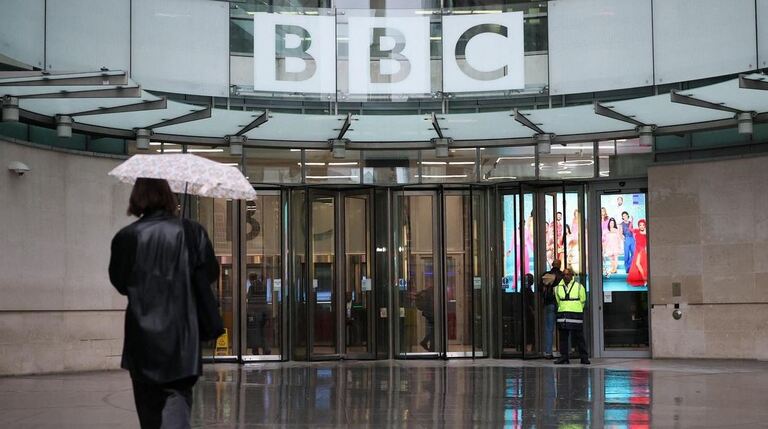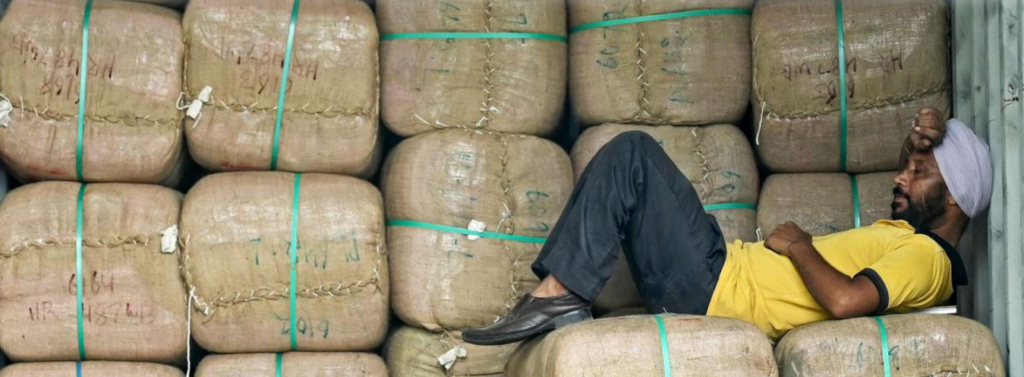
India’s economy is slowing down. On January 7, the National Statistics Office forecasted a mere 6.4% growth in Gross Domestic Product (GDP) for the financial year ending in March. This marks the slowest growth in four years, well below the anticipated 6.5%-7%. Even more concerning, the slowdown is largely driven by a contraction in manufacturing, which could undermine India’s ability to create jobs for its massive population.
While some have chalked it up to a cyclical downturn or a temporary blip, investment bank UBS has warned that the slowdown is indicative of deeper issues, including decreasing foreign investment. HSBC’s chief economist for India, Pranjul Bhandari, suggested that the previous years of rapid growth were simply the economy bouncing back from the pandemic, and that the foreseeable future will likely see growth averaging closer to 6.5%.
This is a stark contrast to India’s celebrated growth story since the early 1990s. The question then arises: Why is there so little public outcry over this economic slowdown? This radio silence becomes all the more puzzling when we consider that India’s middle class—the very demographic most impacted by this downturn—remains unusually quiet.
The middle class in India has long been a subject of economic and social discourse. In October, Suresh Narayanan, CEO of Nestlé India, mentioned the “shrinking” middle class as a key reason for the poor performance of his company. This observation is deeply troubling, especially since India’s middle class was never particularly large to begin with. Before the pandemic, the Pew Research Center estimated that 99 million Indians were classified as middle class. However, this number dropped by nearly a third due to the pandemic’s economic repercussions.
In comparison, China—a country with a smaller population—boasts a middle class five times the size of India’s. And unlike India, the pandemic did not significantly shrink this number in China. Even though some sections of India’s middle class might have rebounded post-pandemic, challenges such as job shortages and high inflation likely kept the group’s growth relative to the population at bay.
Historically, the economic struggles of the middle class were not only a matter of concern but also a source of public discussion. Jokes about the falling value of the rupee under the Manmohan Singh government were common in mainstream discourse. Yet, since the Modi government took power in 2014, such complaints have dramatically decreased, despite India’s worsening economic conditions under its leadership.
Part of this subdued response can be traced to political loyalty. India’s middle class, despite feeling the economic pinch, largely aligns with the ruling Bharatiya Janata Party (BJP). Their silence can be explained by the reluctance to criticize the government, especially since doing so might politically undermine their preferred party. Even though the middle class faces material losses, their ideological commitment to the Modi government keeps them from voicing strong discontent.
Another key factor contributing to this silence is the cultural and political sway of Hindutva, which has become a dominant force in Indian politics. The middle class, prioritizing ideological concerns over economic issues, is willing to endure economic hardship to preserve its political and religious values. This ideological commitment takes precedence over material suffering, a trend that deepens the silence surrounding India’s economic decline.
Moreover, India’s restrictive political environment plays a significant role. Dissenting voices are often marginalized, and organizing against the government is an increasingly difficult task. Even if discontent exists, it lacks the necessary political organization or public platform to gain traction.
The media also bears responsibility for this lack of outrage. By and large, the Indian media has refrained from criticizing the Modi government, making it harder for any economic or political grievances to enter the public sphere. The judiciary, once a vocal critic of the government, has also remained relatively subdued under Modi’s leadership. While the courts previously challenged government corruption, including during the tenure of the previous Congress-led government, such efforts have waned in recent years. Allegations of corruption, including those against Modi-favored companies like the Adani Group, have not been met with the same judicial scrutiny they would have received in the past.
In contrast to the middle class, India’s poor are often more willing to vote according to their material interests. However, they lack the political leverage to make economic issues a national talking point. Until the middle class, with its significant electoral clout, becomes more vocal about the economy, the country’s economic slowdown is unlikely to generate the kind of national outrage needed for real change.
The silence of India’s middle class in the face of a slowing economy is a multifaceted issue, deeply rooted in political loyalty, ideological commitments, and a controlled public discourse. Until these underlying factors are addressed, the economic struggles of the middle class will continue to be ignored in the national conversation, leaving the country’s economic slowdown without the necessary scrutiny or response.

